Consumer spending on mobile apps
By MYBRANDBOOK

A recent data point shows, the mobile app industry is expected to be worth $935 billion by 2023. After years of impressive growth and mobile apps reaching more people than ever, the global app industry saw a downturn in 2022, the first one in the market's history.
The global consumer spending on mobile apps dropped by a massive $3bn last year. Last year, consumers downloaded 255 billion mobile apps to their connected devices, 10% more than in 2021 and up by 82% from 140 billion seen in 2016.
The number of downloads is expected to grow and hit over 262 billion this year. By 2025, this figure is expected to jump to over 300 billion. In 2022, gross consumer mobile app spending amounted to $167 billion, down from $170 billion in 2021.
One possible reason is market saturation. The mobile app market is highly competitive, and there are millions of apps available on app stores. As a result, consumers may be more selective about which apps they choose to spend money on.
Another reason could be subscription fatigue. Many apps offer subscription-based models, which can quickly add up in cost. This may lead to consumers becoming more hesitant to commit to ongoing payments, which could result in a drop in spending on mobile apps.
# Security concerns: Some consumers may worry about the security of their personal and financial information when using mobile apps to make purchases. They may be concerned about data breaches or hacking, which could lead to identity theft or financial loss.
# Increasing usability issues: Some mobile apps may be difficult to use or navigate, which can be frustrating for consumers. They may prefer to use a traditional website or in-person shopping experience instead.
# Limited payment options: Some mobile apps may only accept certain types of payment, such as credit cards or digital wallets, which may not be convenient for all consumers.
# Lack of trust: Some consumers may not trust unfamiliar mobile apps or may prefer to shop with established retailers or brands they are familiar with.
# Market saturation: The mobile app market is highly competitive, and there may be a limit to how much consumers are willing to spend on apps. As the number of apps available continues to grow, consumers may be more selective about which apps they choose to purchase or use.
Overall, while mobile apps offer many benefits and convenience for making purchases, there are still some challenges and concerns that may lead some consumers to prefer other methods of payment.
Going forward, the popularity of mobile apps is not getting down, but rather they are an increasingly important part of our daily lives and will continue to be so in the future.


TAC Security becomes Cyber Security Assessor for the App Defen
The cybersecurity company, TAC Security has been selected as a key Cyber ...
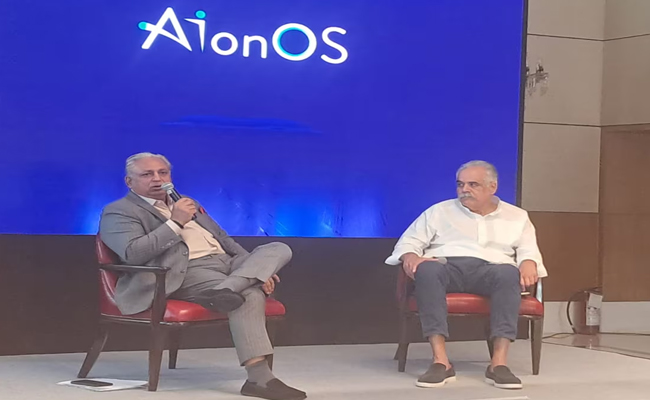
InterGlobe’s Rahul Bhatia and C.P. Gurnani together announce
In a move that is set to transform the AI landscape, Rahul Bhatia, Group M...

Download masked Aadhaar to improve privacy
Download a masked Aadhaar from UIDAI to improve privacy. Select masking w...
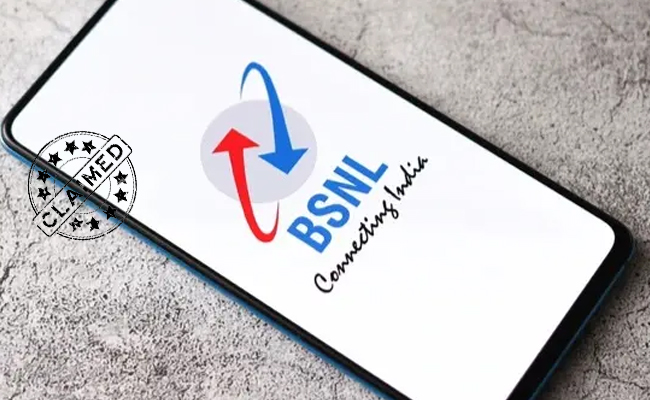
Sterlite Technologies' Rs 145 crore claim against BSNL rejecte
An arbitrator has rejected broadband technology company Sterlite Technolog...

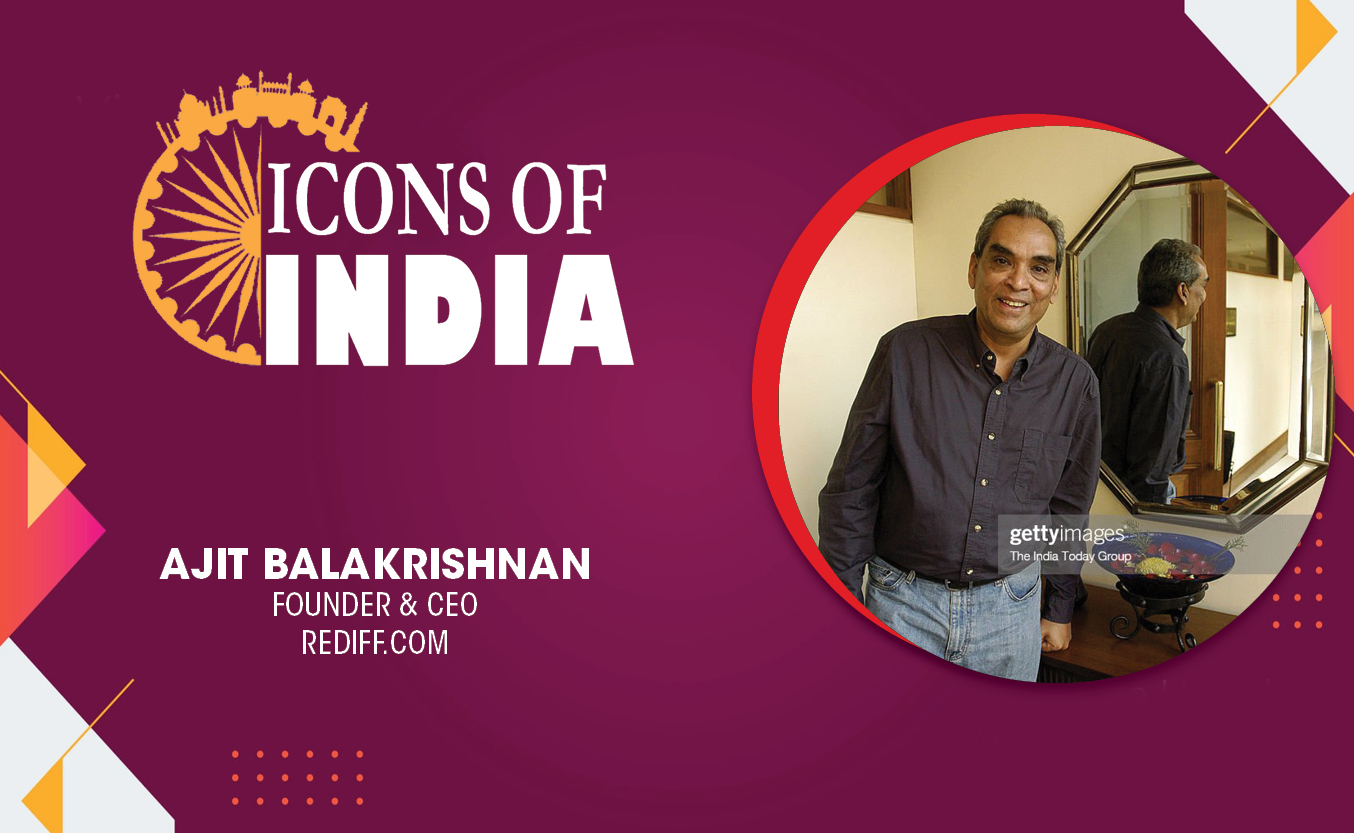
Technology Icons Of India 2023: Ajit Balakrishnan
The Company markets specific channels, community features, local langu...
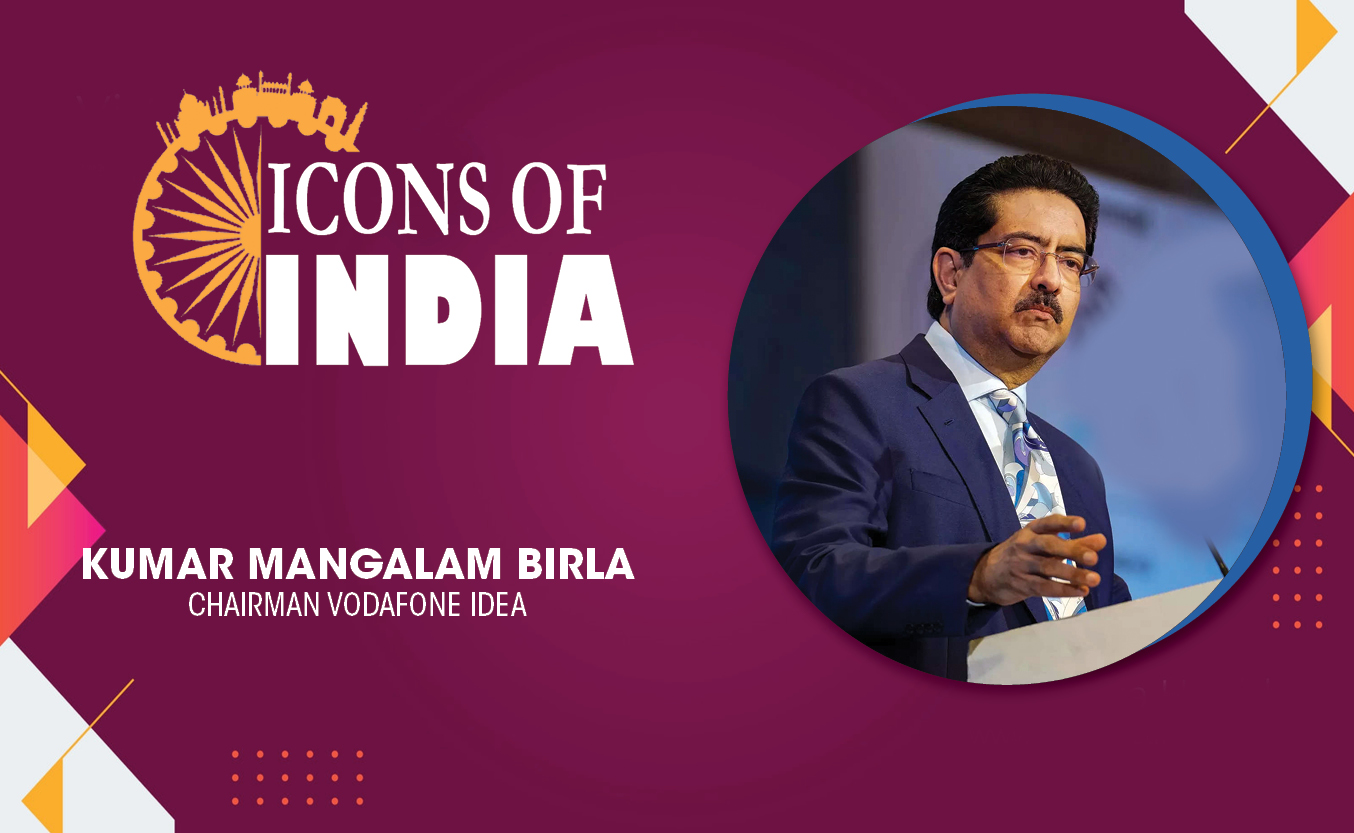
Technology Icons Of India 2023: Kumar Mangalam Birla
Aditya Birla Group chairman Kumar Mangalam Birla’s return to Vodafon...

Technology Icons Of India 2023: Honorary Prof. N. Balakrishnan
Prof. N. Balakrishnan is an Indian aerospace and computer scientist. H...

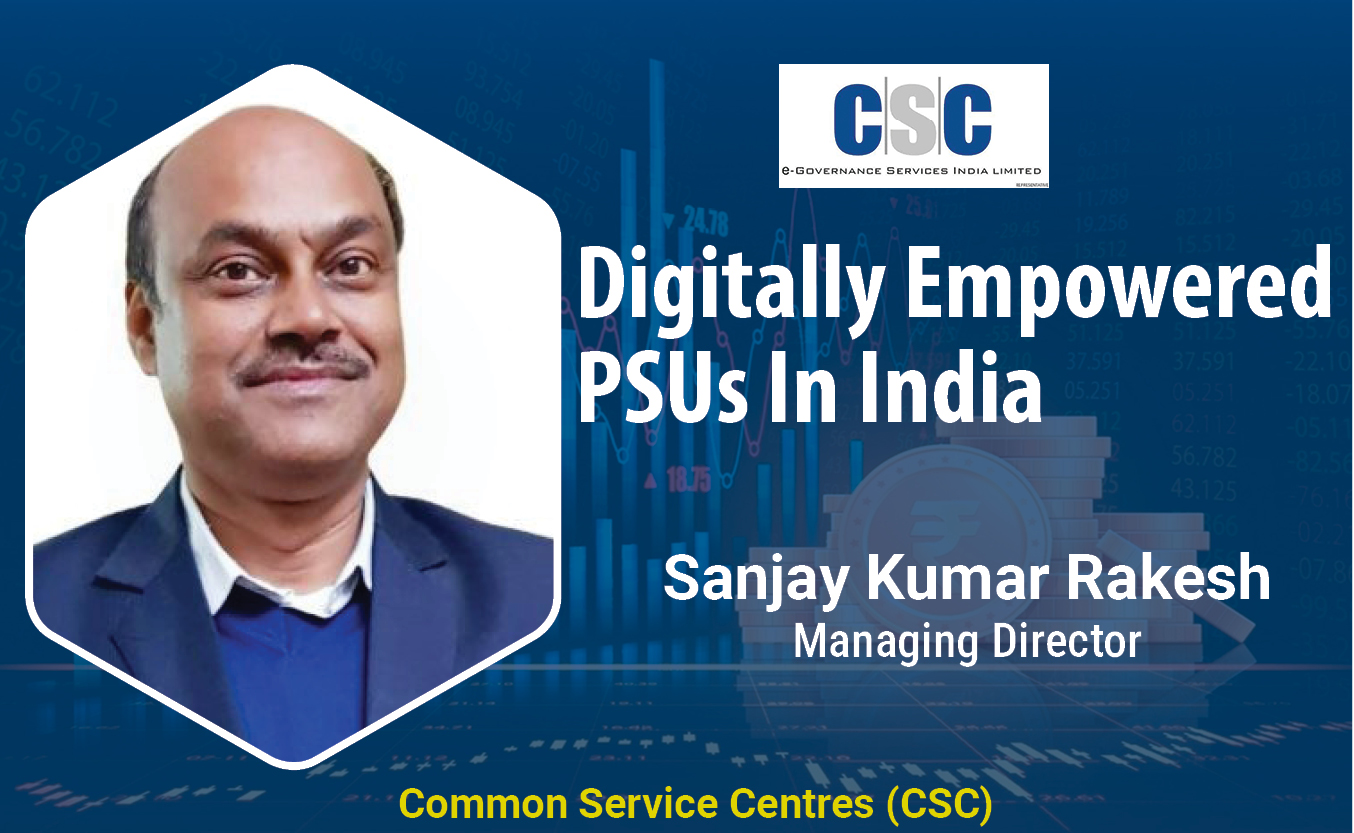
CSCs enabling rural India digitally empowered
Common service centres (CSCs) are digital access points under the Digi...
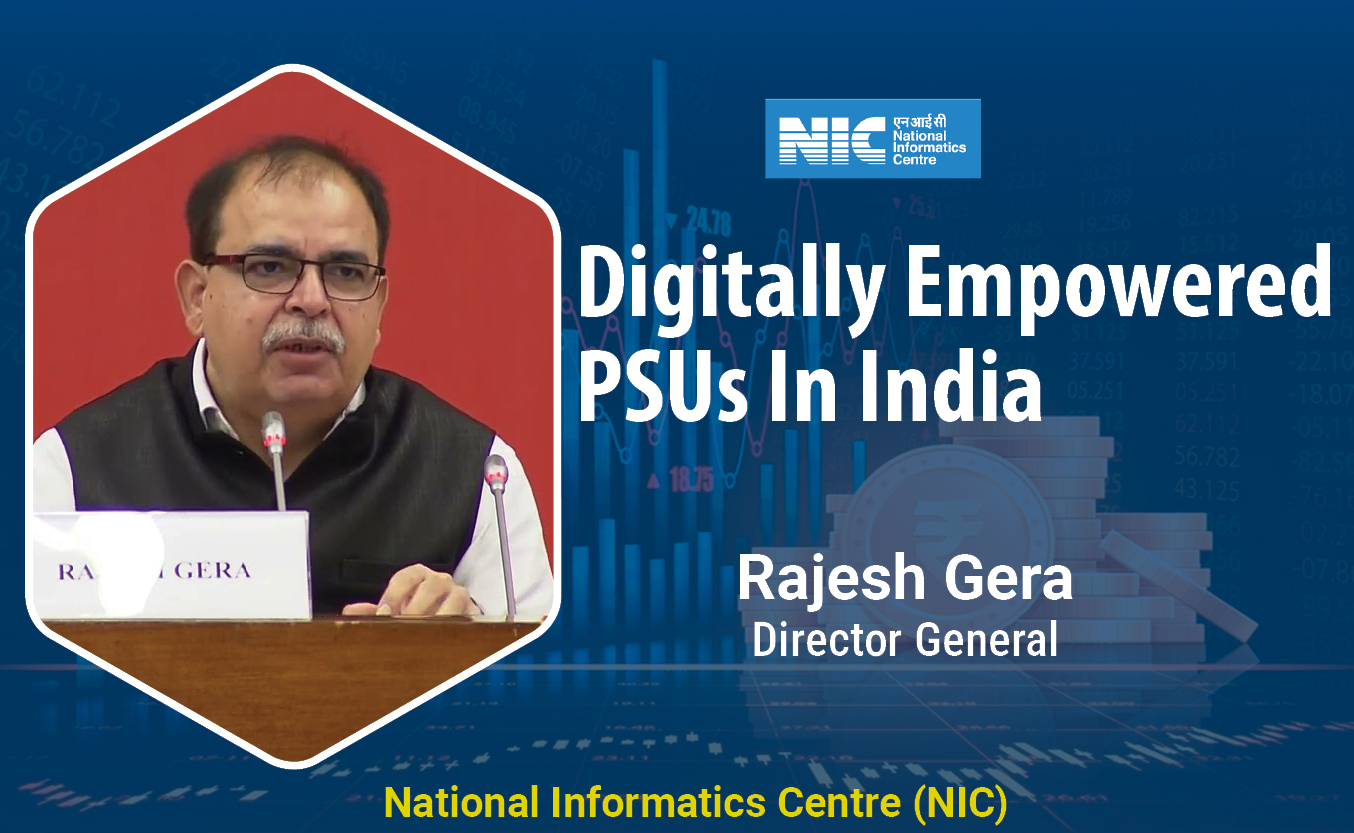
NIC bridging the digital divide and supporting government in eGovernance
The National Informatics Centre (NIC) is an Indian government departme...

ECIL continues to keep India ahead in the growth of Information Technology and Electronics
ECIL played a very significant role in the training and growth of high...


B D SOFTWARE
BD Software is the distributor of IT security solutions in India. The ...

TECHNOBIND SOLUTIONS PVT. LTD.
TechnoBind’s business model is focused on identifying and partnering...

IRIS GLOBAL SERVICES PVT. LTD.
Iris Global services is one of the leading distribution houses that d...